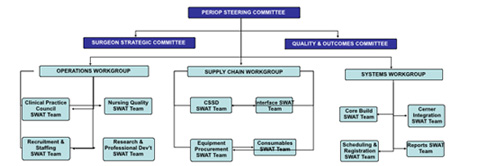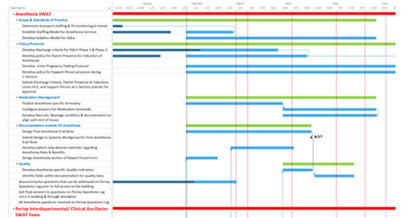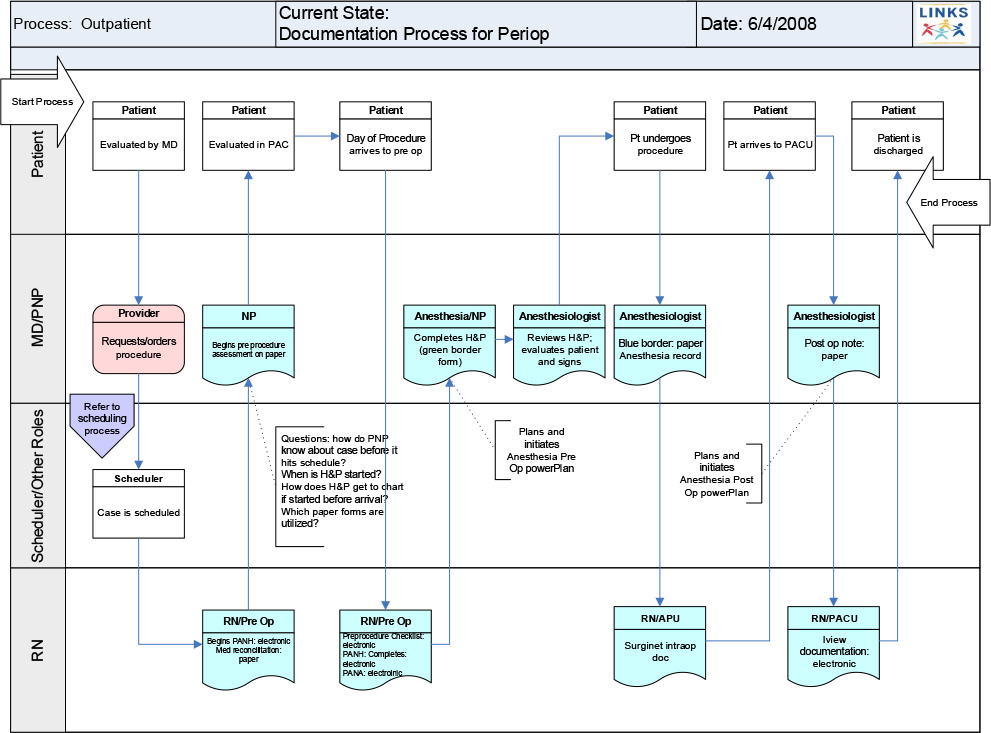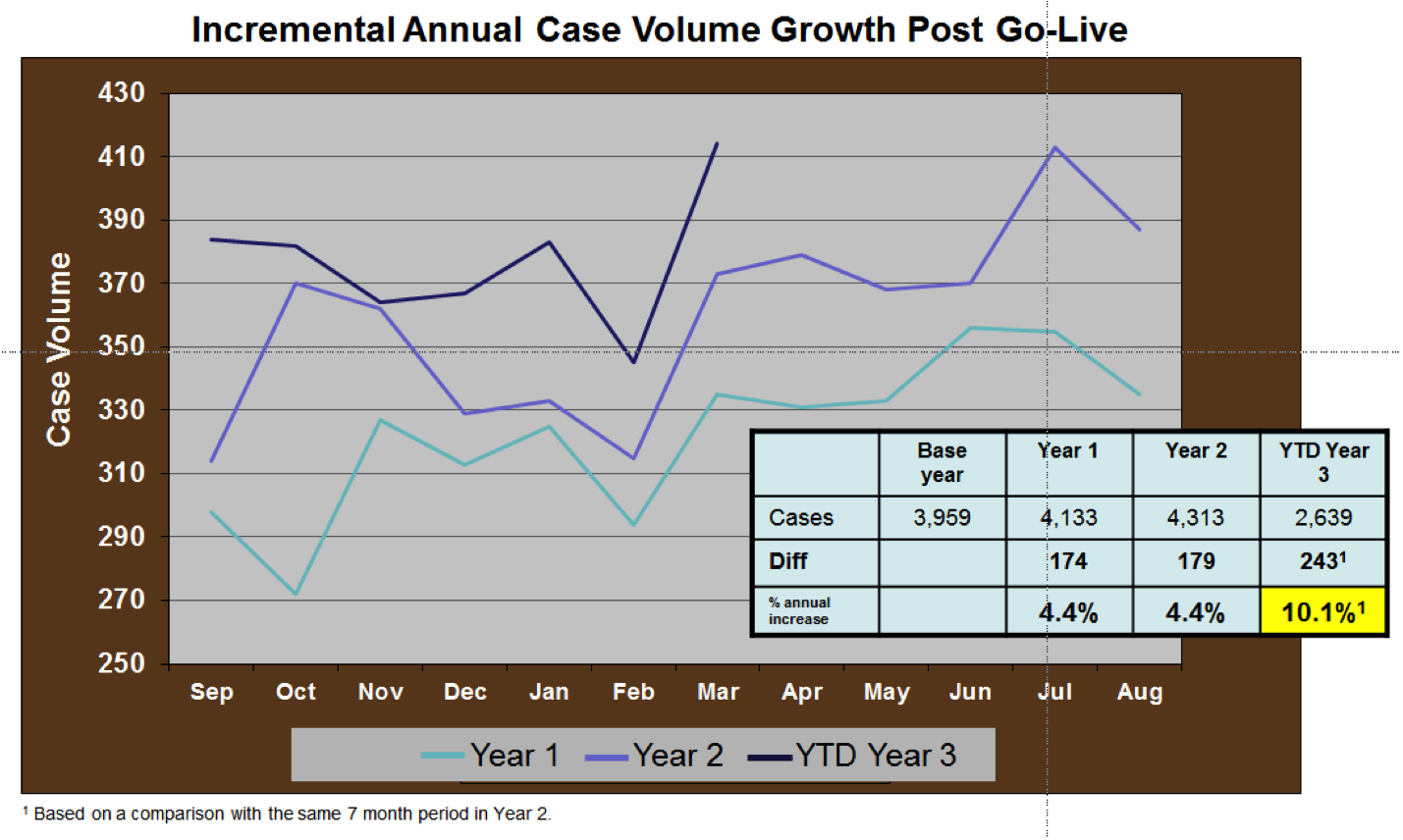PERIOP ACTIVATION
Open & Go-Live Project Management
Managing the myriad challenges of new or expanded Periop functions is a huge, complex undertaking. Primus has overseen and managed such projects around the world.
The effort takes planning in a myriad of areas: creating lean, highly-effective workflows; designing and implementing the surgical electronic documentation; developing staffing plans; identifying equipment, instrumentation, and supply requirements; coordinating with ancillary departments for expanded volumes; updating efforts against milestones; and generally keeping all this coordinated . . .


…all of this must come together in an orchestrated timeline—whether for acute Perioperative Services departments or for Ambulatory Surgery settings. This requires sophisticated project management–done by people who have successfully accomplished this before. And who can use their experience to help avoid pitfalls and problems along the way.
The Start: Optimized Workflow
Primus utilizes proven techniques to assess current state, benchmark against best practice, and develop effective plans of correction.

EFFECTIVE WORKFLOW, OR LACK THEREOF, IMPACTS EFFICIENCY IN THE HIGH PRESSURE PERIOPERATIVE ENVIRONMENT.
- Primus utilizes proven techniques to assess current state, benchmark against best practice, and develop effective plans of correction.
- We do more than make recommendations – we PARTNER with our clients in workflow redesign to improve efficiency and quality of patient care.
- We specialize in analysis of the Perioperative patient journey from the point of Scheduling, through Pre-Admission Testing, Preop, Intraop and PACU.
CLIENT RESULTS
CHALLENGE:
Create an entirely new Surgery Department at a hospital which had never had Periop Services.
PROCESS:
- Targeted Service Line case volume projections
- Optimized block schedule
- Capitol equipment and instrumentation identification and sourcing
- Benchmark-driven pricing negotiations
- Staffing, training, & hiring
- Comprehensive supply chain implementation
RESULT:
After a multi-year effort, Stanford Children’s Hospital was successfully opened and positioned for growth.


